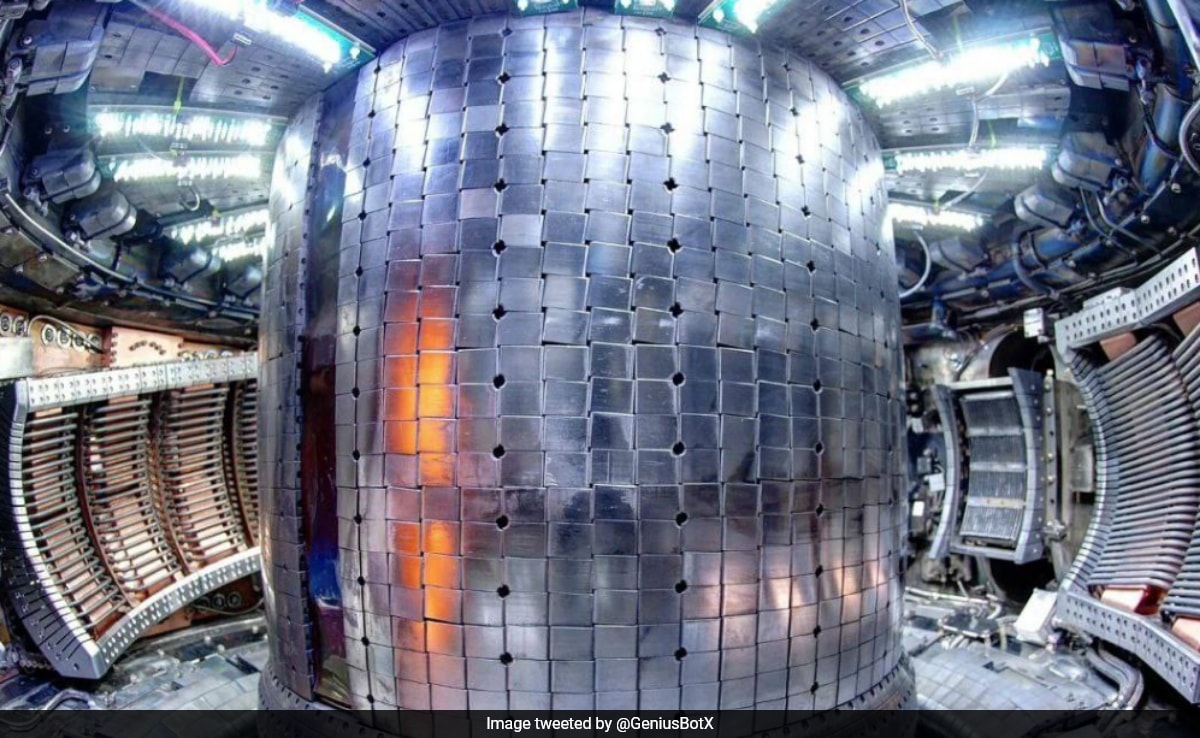The facility's previous record, set in 2021, was just 30 seconds.
South Korean scientists have set a new world record using the Korea Superconducting Tokamak Advanced Research (KSTAR) device, an "artificial Sun" nuclear fusion reactor. According to CNN, The team generated plasma temperatures of 100 million degrees Celsius for 48 seconds during tests between December 2023 and February 2024. This temperature is seven times that of the Sun's core, which is 15 million degrees Celsius.
The facility's previous record, set in 2021, was just 30 seconds. "Despite being the first experiment run in the environment of the new tungsten diverters, thorough hardware testing and campaign preparation enabled us to achieve results surpassing those of previous KSTAR records in a short period," Si-Woo Yoon, director of the KSTAR Research Center, explained in a statement.
Increasing the time spent at that temperature was tricky due to “the unstable nature of the high-temperature plasma,” making the new record a significant step, Mr Yoon told CNN. He added that scientists will now aim to sustain plasma temperatures of 100 million degrees Celsius for 300 seconds by 2026.
Nuclear fusion seeks to replicate the reaction that makes the sun and other stars shine, by fusing two atoms to unleash huge amounts of energy. Fusion has the potential to provide limitless energy without planet-warming carbon pollution.
The most common way of achieving fusion energy involves a doughnut-shaped reactor called a tokamak in which hydrogen variants are heated to extraordinarily high temperatures to create plasma. High temperature and high-density plasmas, in which reactions can occur for long durations, are vital for the future of nuclear fusion reactors.
The KFE scientists said they managed to extend the time by tweaking the process, including using tungsten instead of carbon in the “diverters,” which extract heat and impurities produced by the fusion reaction.
The latest record "will be of great help to secure the predicted performance in ITER operation in time and to advance the commercialization of fusion energy," Mr Yoon said.






Leave a Reply